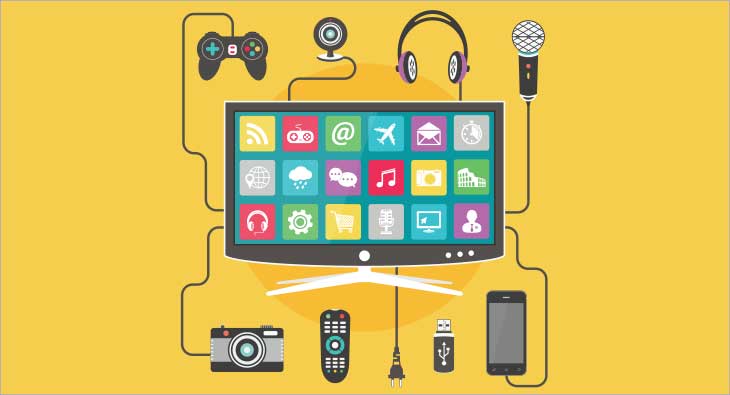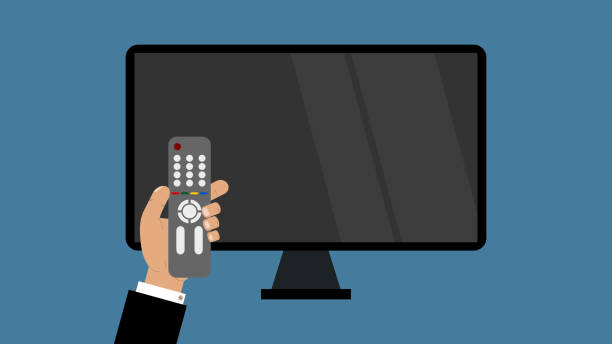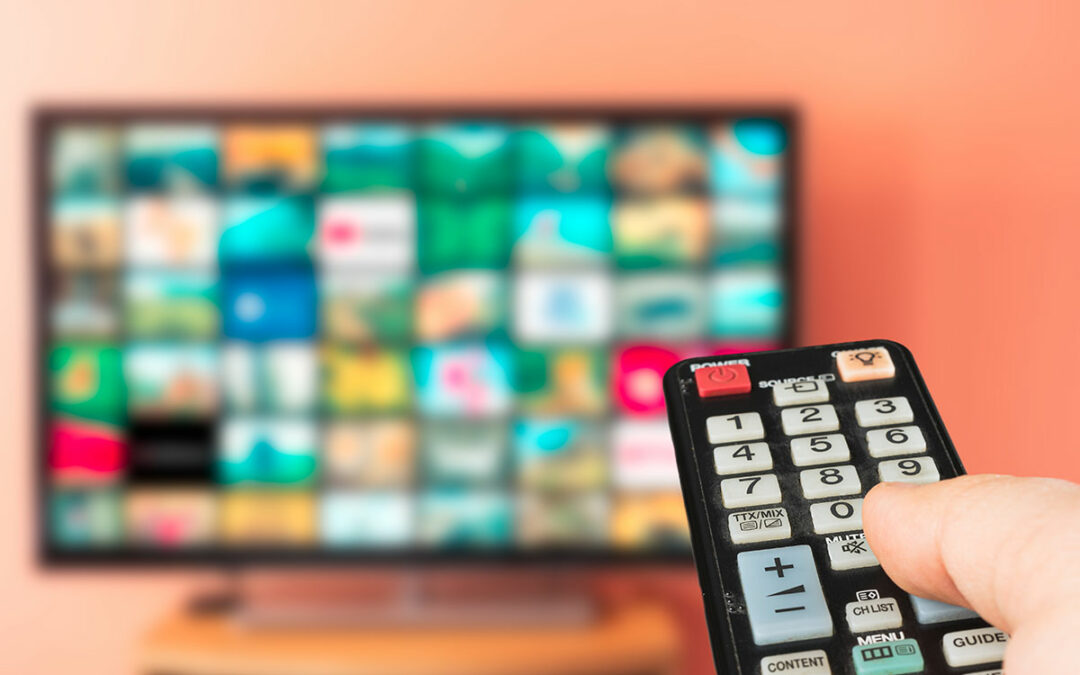Connected TV is no longer the future but the present.
The format eventually represents how most TV programming will be consumed, through apps integrated into smart TVs, and where ad revenue will come from.
In order to control as much of the new income stream as possible, companies like Comcast, Charter, Roku, and Amazon have all revealed plans to manufacture their own TVs.

In its “2021 Video Ad Spend & 2022 Outlook,” the Interactive Advertising Bureau (IAB) predicted that domestic ad spending on CTVs and other devices would reach north of $21 billion in 2022. This marks a startling increase of $21.1 billion (2,086%) from just two years ago and an increase of $6 billion, or 39%, from the previous year.
In the upcoming years, it can be expected that will continue to increase. According to an estimate by EMarketer, CTV advertising expenditure in 2022 will account for 6% of all media advertising in the United States, increasing yearly to 9% by 2026.
This is because the CTV umbrella includes a variety of various viewing options and formats. Any form of ad-supported streaming, whether it is free or paid for, as well as the streaming of cable or broadcast TV channels using MVPD/VMVPD service apps or individual network apps that demand service authentication (previously known as “TV Everywhere”) are all considered to be a part of connected TV. It also includes revenue from services that can be subscribed to through a CTV interface.

For services like Roku and Vizio, this is usually described as “platform revenue.” Platform revenue for both services has grown significantly over the past few years, with Vizio increasing by 126% since Q4 2021 and Roku increasing by 55% during the same time.
This indicates four trends across CTV: a rise in the amount of time spent streaming, a rise in the amount of money spent on subscription streaming services and the number of services subscribed to, and a rise in the level of support for the format among marketers.
Related: What Is The Difference Between Connected TV (CTV) And Over-The-Top (OTT)?
CTV ad spending will surpass conventional TV within the next two to three years. The sole issue is when.
Download The Radiant App To Start Watching!
Web: Watch Now
LGTV™: Download
ROKU™: Download
XBox™: Download
Samsung TV™: Download
Amazon Fire TV™: Download
Android TV™: Download

